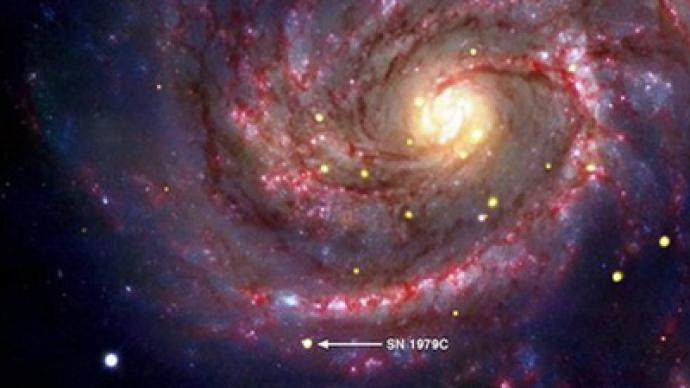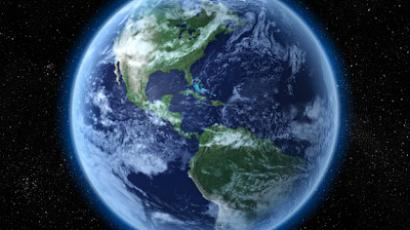They're Big, Black and Old...And they eat light

Astronomers at the University of California in Berkeley have broken records after discovering the two most massive black holes known to mankind. They both weigh ten billion times more than our Sun, and are located 300 million light years away.
The Telegraph reports that the astronomers found them by using the Hubble Space Telescope, ground-based telescopes and supercomputers in Texas. They used these tools to measure the stellar velocity of stars located near the black hole couple. Researchers are still arguing over how such gigantic stellar objects came to be. Most believe they are remnants of older quasars, stellar objects that emit huge amounts of energy and are usually located at the core of a galaxy. Quasars were abundant in the early days of our universe, but smaller and younger quasars continue to be discovered by today's astronomers. However, unlike the iridescent and energetic quasars, these black holes were described as “boring” by Chung Pei-Ma, one of the researchers. He said the pair remained hidden for so long because they were “living in a quiet retirement,” unnoticed by scientists so accustomed to finding the much more clamorous quasars located billions of light years away. What astounds scientists even more is how the cosmic environment allowed black holes of such size to appear in the first place. “We did not expect to find such massive black holes because they are more massive than indicated by their galaxy's properties. They're kind of extraordinary” Chung-Pei Ma told reporters. He goes on to say that, “if there is any bigger black hole, we should be able to find it in the next year or two. Personally, I think we are probably reaching the high end now. Maybe another factor of two to go, at best.”Now, the key task for Ma and his team will be to find out just how big a black hole can get. They are already looking for new light-devouring giants in massive galaxies far away.













